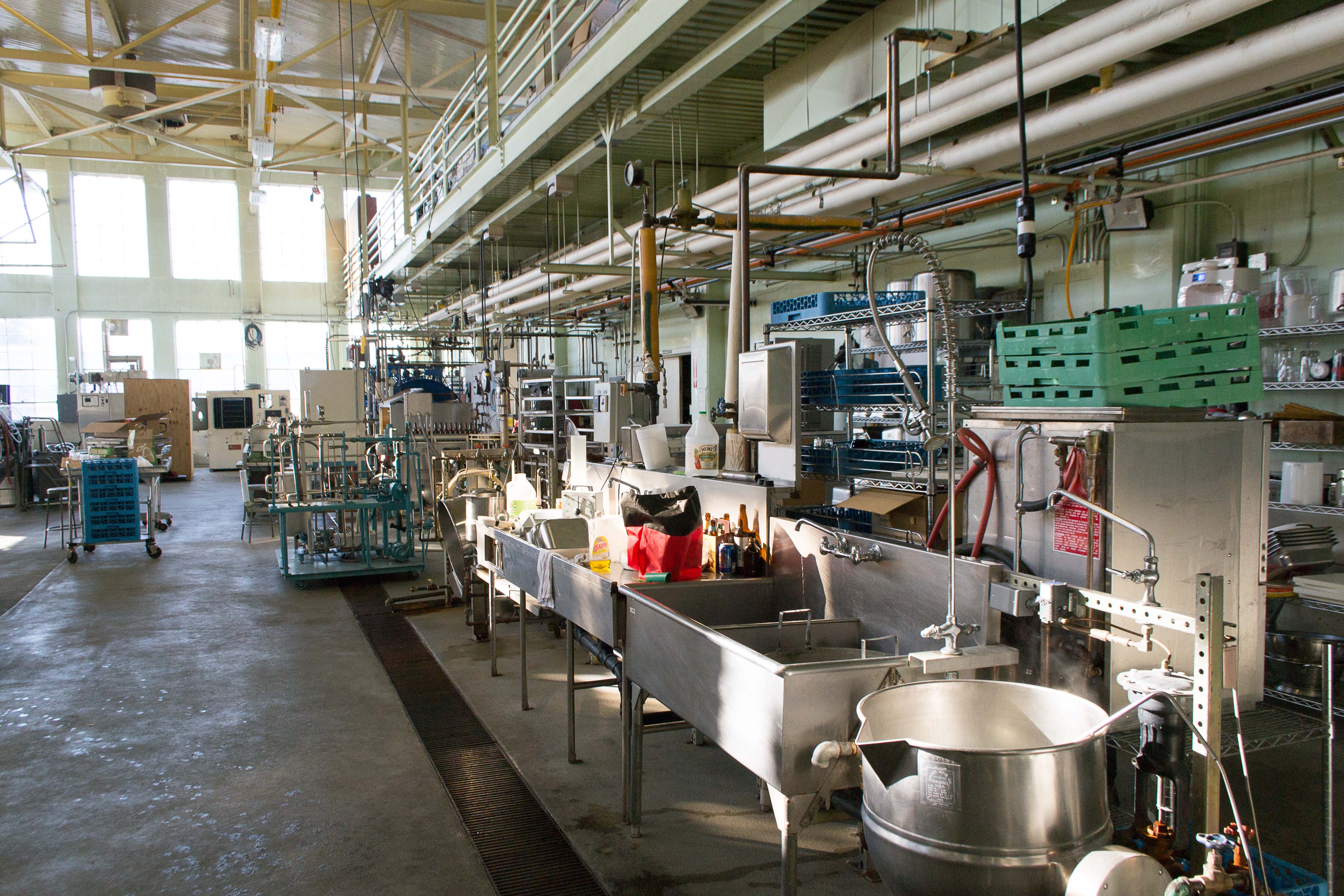
Photo from academic.microsoft.com
This article reviews the application of enzymes in lipid modification. Lipases are the most established biocatalysts used for the synthesis of structured triacylglycerols, fats, and margarine and for the release… Click to show full abstract
This article reviews the application of enzymes in lipid modification. Lipases are the most established biocatalysts used for the synthesis of structured triacylglycerols, fats, and margarine and for the release of flavoring fatty acids for food applications. In addition, the various enzymes, such as P450 monooxygenases, hydratases, lipoxygenases, and certain lyases, used for oxyfunctionalization and the phospholipases used for degumming are covered. Basic aspects of enzyme catalysis and the modern tools used for their discovery and improvement by protein engineering provide insight into how suitable biocatalysts can be identified and optimized for an application. In addition to isolated enzymes, whole-cell engineered microorganisms are also used for lipid modification. Thus, the polyunsaturated fatty acid EPA (eicosapentaenoic acid) can be produced in a yeast using sugar as a renewable resource.
Journal Title: Annual review of food science and technology
Year Published: 2018
Link to full text (if available)
Share on Social Media: Sign Up to like & get
recommendations!